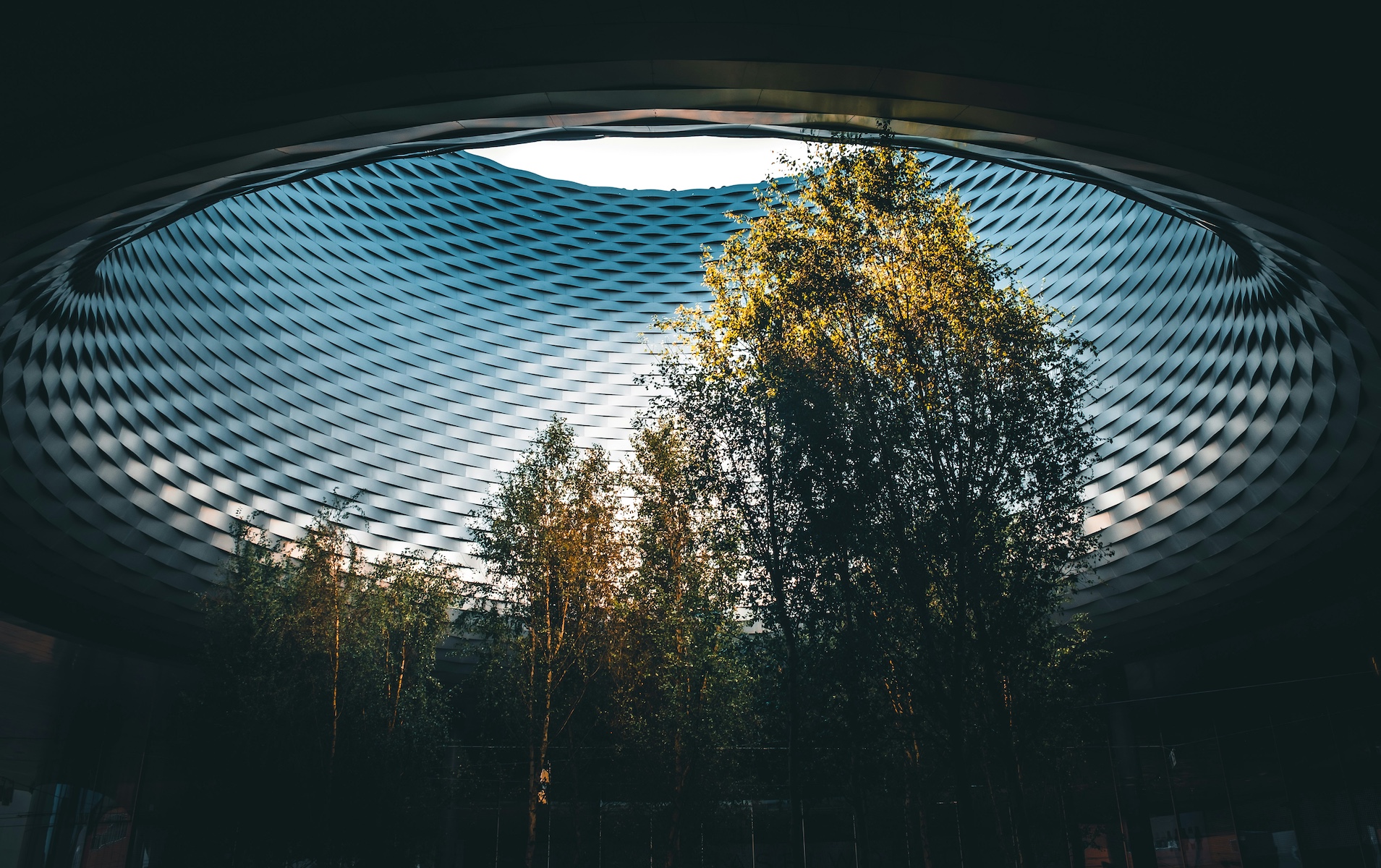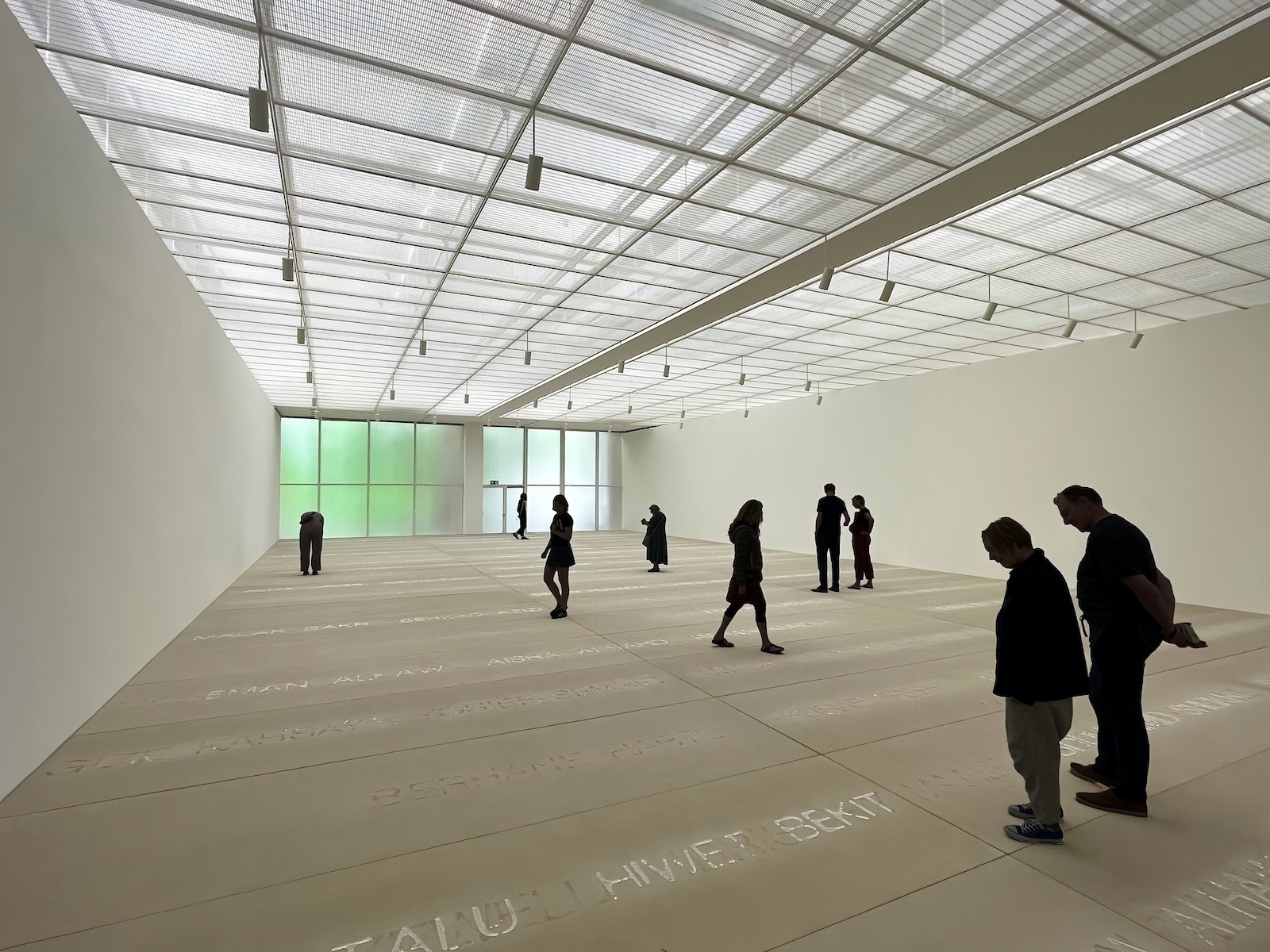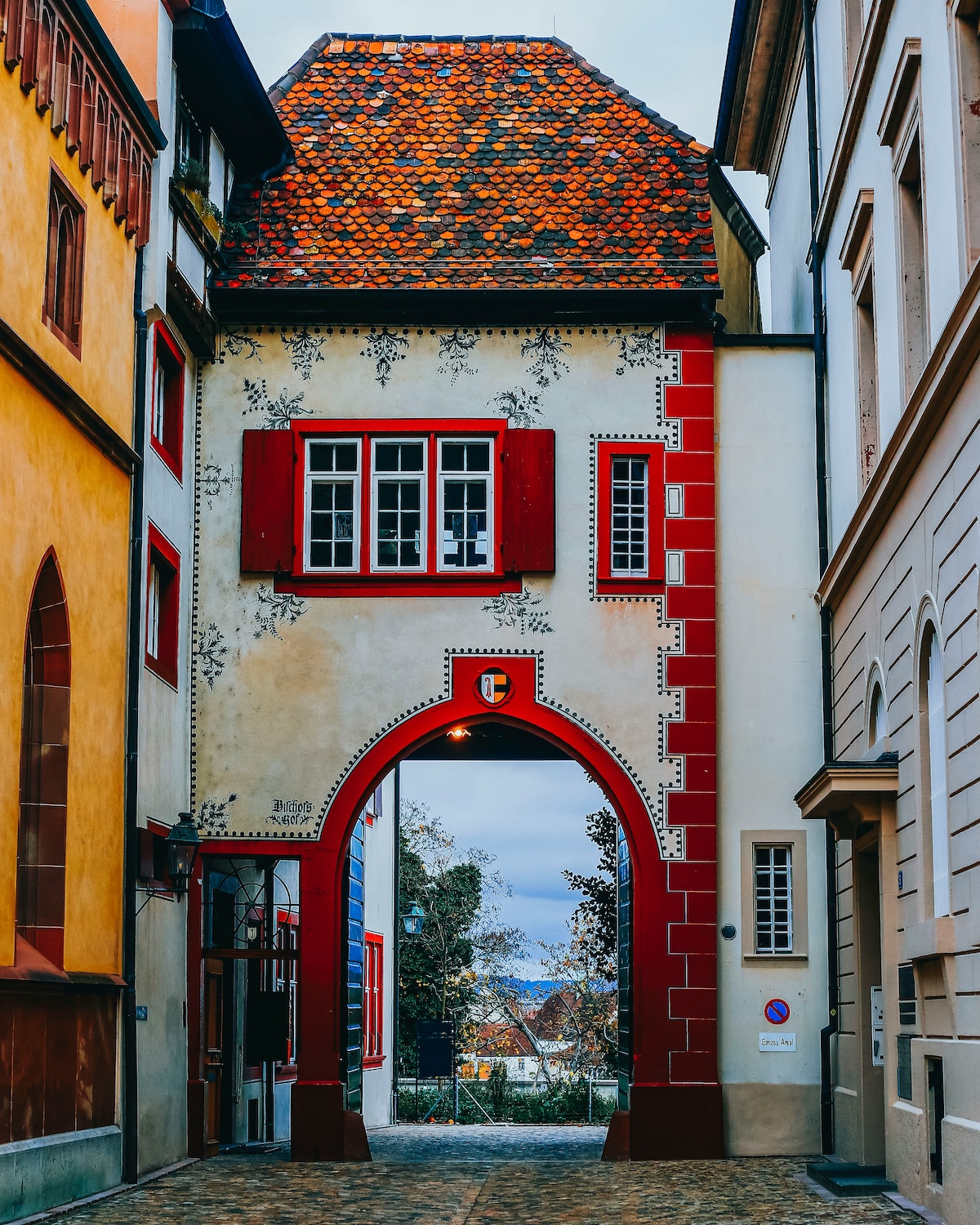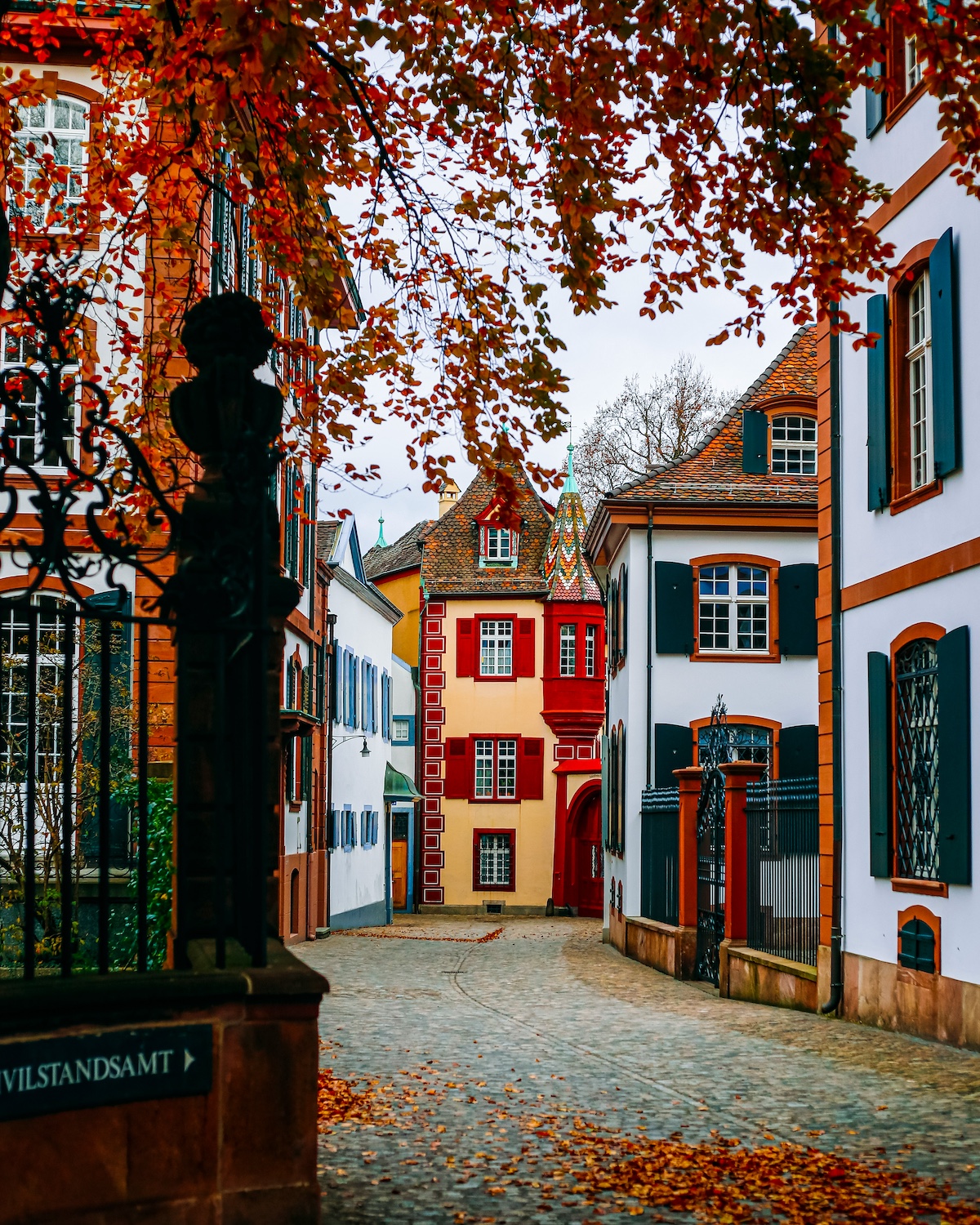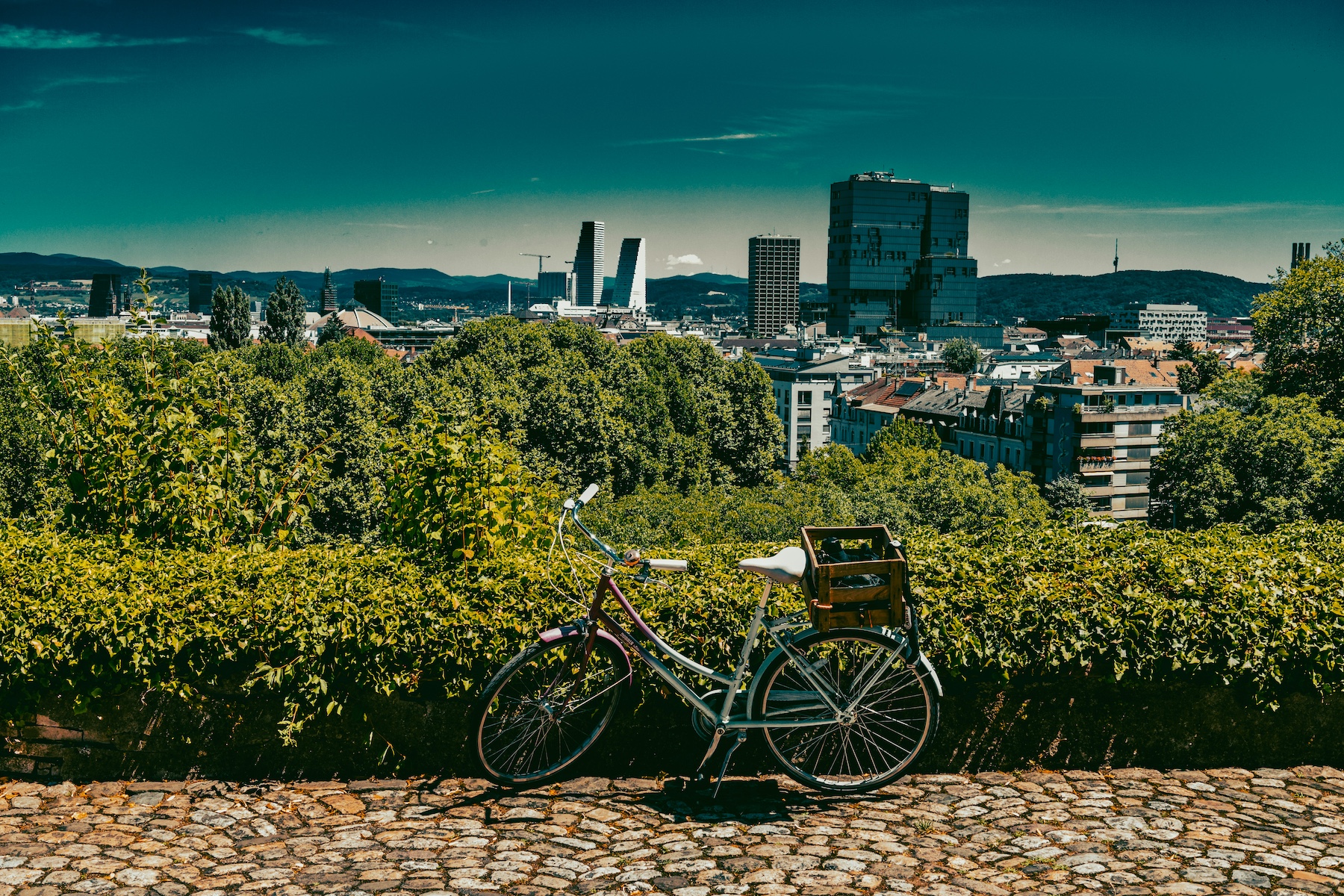JOIN the AFICIONADOS
Get the insider news and lowdown on what we've been up to, where we've been, and who we've met along the way. Be the first to discover new places and get the scoop on our favourites.
At the quiet northern kink of the Rhine, where Switzerland, France and Germany lean in conspiratorially, Basel does what it has always done best: think. Not parade, not boast, not woo. It thinks in layers, in brick and pigment, in manuscripts and concrete. This is Switzerland’s oldest university town, but also its most quietly radical – a place where humanism once unseated dogma, where the avant-garde has long found a foothold in the restrained rhythms of civic life.
Unlike sibling Zürich (just over an hour train journey), polished and powered by finance, Basel wears its intellect like a scholar’s coat: densely woven, a little frayed, and lined with ideas. This is the city of Erasmus, of Renaissance printing presses, of chemical revolutions and discreet cultural clout. It is also home to some of architecture’s most rigorous minds. Herzog & de Meuron began just outside the city centre; their practice is now globally renowned but still grounded in Basel’s architectural ecosystem. You can trace their early experiments and later maturity across the urban grain: the quietly confident extension of the Kunstmuseum, the elemental Schaulager, and the sculptural geometry of VitraHaus just across the border in Germany. As Jacques Herzog has noted, 'successful architecture is architecture that is accepted by the people of the city and enlivened by them', a sentiment that seems to ripple through each of their Basel projects.
Architecture here invites reflection; it engages the eye slowly, with quiet precision. From the red sandstone and patterned roof tiles of the Münster cathedral to the muscular clarity of the Kunsthalle, and the thoughtful exhibitions at the Swiss Architecture Museum (S AM), the city reads like an open book of epochs and ideologies. Mario Botta, Peter Zumthor, Diener & Diener – their buildings converse, creating an unpredictable eyeline. Even the industrial edges of Basel feel considered, measured, lived-in.
The museums are equally deliberate. The Fondation Beyeler, located in a serene park in Riehen, dissolves the line between gallery and garden. Its collection is private yet profoundly generous: Rothko, Giacometti, Monet – all curated with restraint, clarity and light. In contrast, the Tinguely Museum vibrates with the city’s subversive side. Jean Tinguely, Basel-born, was part sculptor, part anarchist. His kinetic works rattle and clatter like machines dreaming in public, part of a civic culture that welcomes invention and critique.
Art here is not a spectacle but a sustained conversation. As Herzog once reflected, 'architecture has a sensual side and even encourages you to think' – a philosophy Basel seems to embody effortlessly. The city has long cultivated thinkers rather than mere spectators. Nietzsche taught here. Jung studied nearby. The atmosphere encourages both precision and imagination – a sensibility echoed in the galleries, the architecture, the rhythm of the art fairs, and the conceptual programming at Kunsthalle Basel.
Yet this is not a city held in glass. There is softness too – in the cobbles of the Old Town, in the quiet poetry of early morning markets at Marktplatz, in the cloisters of the university, in the slow, sunlit swim of locals drifting down the Rhine with their belongings sealed in waterproof bags. On Sundays, the river fills with human buoyancy, peaceful and unhurried.
Basel’s position at the meeting point of three countries has shaped it not as a border, but as a threshold. It is a place of crossings and exchanges, where languages, ideas and forms move freely. It does not dazzle through spectacle or scale. Instead, it draws you into its depths – a city of thought, quietly imprinting itself on those who care to notice.
